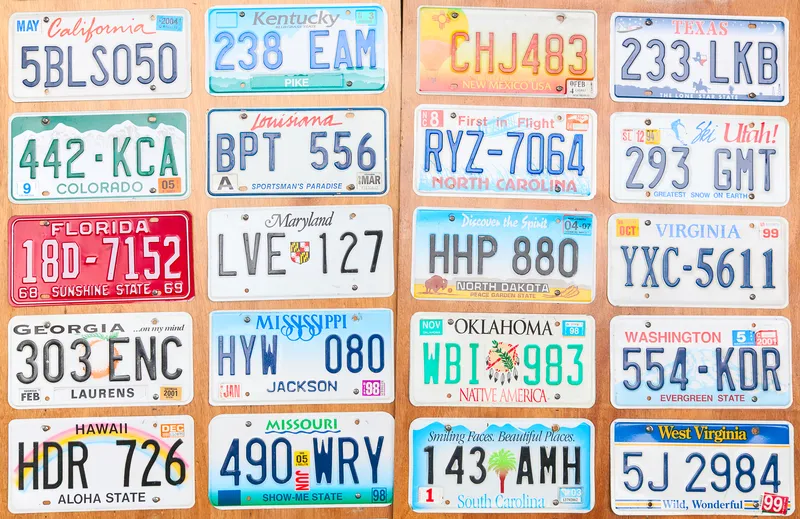According to Belgian entrance control company Automatic Systems, the market for automatic licence plate recognition (ALPR) systems is set to reach over US$800 million in 2018.
Automatic Systems says its ParkPlus and TollPlus barriers for toll and parking applications are fully compatible with the ALPR technology and its mechanical and electronic components can be seamlessly integrated within the robust barrier housing.
Designed for highway toll booths, the TollPlus series of barriers offer a wide rang
October 6, 2014
Read time: 2 mins
According to Belgian entrance control company 3197 Automatic Systems, the market for automatic licence plate recognition (ALPR) systems is set to reach over US$800 million in 2018.
Automatic Systems says its ParkPlus and TollPlus barriers for toll and parking applications are fully compatible with the ALPR technology and its mechanical and electronic components can be seamlessly integrated within the robust barrier housing.
Designed for highway toll booths, the TollPlus series of barriers offer a wide range of aluminium or carbon booms up to four metres in length, while the robust aluminium-framed ParkPlus barrier features IP connectivity for remote management and can be integrated with and controlled by an external management system.
To eliminate the problems caused by mounting ALPR cameras within special boxes or on poles where they can be can be subject to harsh weather or vandalism, Automatic Systems has mounted the mechanical and electronic integration of the cameras within the barrier housing. This reduces component costs and minimises structural work while enhancing the reliability of images captured close range.
Automatic Systems says its ParkPlus and TollPlus barriers for toll and parking applications are fully compatible with the ALPR technology and its mechanical and electronic components can be seamlessly integrated within the robust barrier housing.
Designed for highway toll booths, the TollPlus series of barriers offer a wide range of aluminium or carbon booms up to four metres in length, while the robust aluminium-framed ParkPlus barrier features IP connectivity for remote management and can be integrated with and controlled by an external management system.
To eliminate the problems caused by mounting ALPR cameras within special boxes or on poles where they can be can be subject to harsh weather or vandalism, Automatic Systems has mounted the mechanical and electronic integration of the cameras within the barrier housing. This reduces component costs and minimises structural work while enhancing the reliability of images captured close range.









